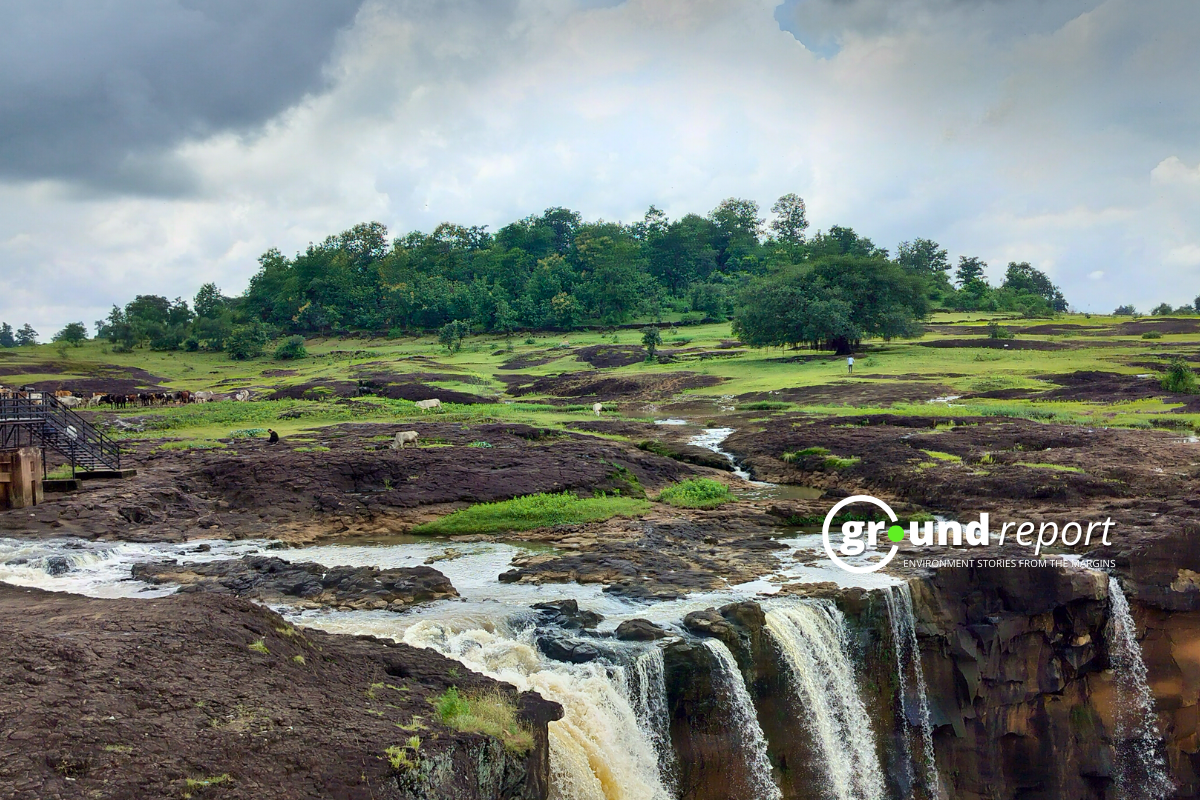Panaji, the capital city of Goa, has set an example in the field of solid waste management with its innovative model. The city has been able to achieve a remarkable feat by becoming the first city in India to be declared ‘bin-free.’ This implies that all forms of waste produced in the city are sorted and recycled. Hence, leaving no waste to be disposed of in landfills. This is a remarkable feat considering that huge piles of garbage have become a ubiquitous sight in most Indian cities, highlighting the waste management crisis they are facing. They have not only solved its waste problem but have also managed to recycle over 76% of its waste.
This success has caught the attention of many, and people are now looking to replicate the model in other cities across India.
Swachhta Kendra
Panaji’s waste revolution began in 2014 when it set up its Material Recovery Facility or Swachhta Kendra (cleanliness center). The center is located on a busy arterial road in the suburb of St Inez in the state capital. This center is a critical component of its innovative waste management model. The city has established material recovery facilities (MRFs) in each of its wards to ensure decentralized waste management. Around 30 men and women – known as Safai Sathis, or cleanliness helpers – are hard at work. They wear aprons and gloves, cocooned from the wind and sun by the large shed that is their workplace. About 40% of the housing colonies in Panaji are a part of the project, and an average of 14 tonnes of dry waste is collected daily.

Throughout the day, trucks of all sizes bring the garbage to the sorting centre, where the waste is segregated into different categories such as plastic, paper, glass, and metal. The organic waste is processed in the city’s waste-to-energy plant, while the recyclable waste is sold to recycling companies. The MRFs have helped in reducing transportation costs and minimizing the burden on landfill sites. They have also generated employment opportunities for waste collectors and other workers involved in the waste management process.
“Panaji’s success lies in its decentralized waste management system, where waste is collected and treated at the source itself.”
Dr. B.G. Shirke, Waste management expert
Door-to-door waste collection
Panaji’s waste management model also involves a door-to-door waste collection system that was introduced in 2018. In this model, the waste is segregated at the source and is then collected by a team of waste collectors. This collected waste is then taken to the MRFs for recycling. The city has been able to recycle over 76% of its waste, making it the first city in India to be declared ‘bin-free.’
The non-recyclable waste is sent to authorize cement factories as refuse-derived fuel (RDF) to generate energy. This option is considered controversial by some waste management pioneers and environmental advocates. Whereas founder of vrecycle, Clinton Vaz believes that incinerating waste for energy generation is better than dumping waste in a landfill, as it reduces the demand for coal and the ashes get amalgamated into the cement. Clinton Vaz collects and recycles waste from over 45,000 homes and commercial establishments in Goa, through his organization.

Challenges
The success of Panaji’s waste revolution has not been without its challenges. The plan faced initial resistance from the citizens, and it took time to change their habits. The city has also faced challenges in implementing the waste-to-energy plant due to land acquisition issues. Panaji previously dumped its waste at a site in the village of Curca, around 7 km from the state capital. However, the city stopped dumping waste at Curca in 2003-04. They have begun implementing measures to segregate waste, including sorting stations at various points. The material recovery facility (MRF) in Panaji started in 2006 as a temporary shed and gradually upgraded to its current state.
The facility was part of a nationwide project by the United Nations Development Programme aimed at strengthening sustainable waste management practices in India. Other MRFs have also been established in other parts of Goa. The contract with the United Nations ended on March 31. Now, Panaji’s civic corporation is currently looking for a partner to continue the project. They do it preferably through a corporate social responsibility arrangement.
The MRFs process waste into different categories. The organic waste is processed in the waste-to-energy plant and recyclable waste is sold to recycling companies. Panaji has been able to recycle over 76% of its waste. But, controlling garbage generated in public places is still a challenge for the civic body. Primarily because the tourists and the floating populations are often unaware of the solid waste management systems in Panaji. The city needs to reduce waste generation at the source, just as they had overcome initial resistance (dumping waste in lands) and challenges in implementing the waste-to-energy plant. As recycling alone is not the solution to the waste problem.

Conclusion
Many other cities in India are now looking to replicate the Panaji model. The model emphasizes the need for citizen participation and the use of modern technology in waste management. The decentralized system of waste management adopted by the city has proved to be effective in reducing transportation costs and minimizing the burden on landfill sites.
The government of India has launched the Swachh Bharat Mission to promote cleanliness and sanitation across the country.
“Our waste management system has become a role model for other cities. We are happy to share our experience and expertise with other cities.”
Mayor of Panaji, Uday Madkaikar
Panaji’s waste management model has not only helped in solving the waste problem but has also generated revenue and employment opportunities for the city. The success of Goa this city’s waste revolution has caught the attention of the government, and they are now looking to implement similar models in other cities.
Panaji’s waste revolution is a shining example of how a city can solve its waste problem by involving citizens and using modern technology. With the government’s support, it is hoped that more cities in India will adopt similar models. Furthermore, the country can move towards a cleaner and greener future.
Support us to keep independent environmental journalism alive in India.
Keep Reading
MP farmers battle stray animals, and sleepless nights to protect crops
Pesticides and agriculture threaten Sarus Cranes at Indore’s Yashwant Sagar wetland
Changing weather patterns impacts soybean crops in the Dewas region of MP
Follow Ground Report on X, Instagram and Facebook for environmental and underreported stories from the margins. Give us feedback on our email id greport2018@gmail.com.
Don’t forget to Subscribe to our weekly newsletter, Join our community on WhatsApp, Follow our Youtube Channel for video stories.








